Description
Lop-eared rabbits are one of the most distinctive and beloved breeds of domestic rabbits. Known for their floppy ears and gentle temperaments, these rabbits are popular among both farmers and pet owners. Understanding the characteristics, health needs, and benefits of lop-eared rabbits is essential for anyone interested in raising them, whether for commercial purposes or as pets.

General Description
Color Variations
Lop-eared rabbits come in a wide range of color variations, including:
- Solid Colors: Black, white, blue, chocolate, lilac
- Agouti: Chinchilla, opal, lynx
- Broken: Any color with white
- Shaded: Sable, smoke pearl, tortoiseshell
- Pointed White: Himalayan pattern
Physical Characteristics
Lop-eared rabbits have a robust body shape with a well-rounded head and large, floppy ears that hang down beside their faces. Their fur is typically soft and dense, making them quite cuddly and appealing as pets.
- Weight and Size: Mature lop-eared rabbits generally weigh between 3 to 6 kilograms (6.6 to 13.2 pounds).
- Maturity Age: They are considered mature at around 6 to 8 months of age.
Uses and Benefits
Meat-to-Bone Ratio
Compared to New Zealand rabbits, lop-eared rabbits have a higher bone-to-meat ratio. While New Zealand rabbits are specifically bred for meat production, making them more efficient in terms of meat yield, lop-eared rabbits are less efficient but still suitable for small-scale farming due to their size and meat quality.
Suitability for Meat Production
- Large-Scale Farming: New Zealand rabbits are preferable due to their higher meat yield and faster growth rate.
- Small-Scale Farming: Lop-eared rabbits can be suitable, especially for farmers who value their gentle nature and ease of handling.
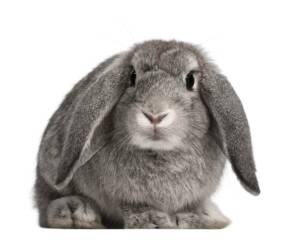
Behavioral Characteristics
Lop-eared rabbits are known for their docile and friendly temperaments, making them excellent pets and easy to manage on farms.
Mothering Ability
Lop-eared rabbits generally exhibit good mothering abilities. They are attentive and caring towards their kits, though some may require additional support compared to other breeds like the New Zealand rabbit.
Health and Care
Common Health Issues
Lop-eared rabbits are prone to specific health issues, including:
- Aural Problems: Ear infections due to their floppy ear structure, which can trap moisture and debris.
- Dental Issues: Malocclusion and overgrown teeth are common due to their skull shape.
- Obesity: They are prone to obesity if not properly managed with diet and exercise.
Fur Quality and Uses
The fur of lop-eared rabbits is soft and dense, suitable for crafting and textile use, though not as commercially valuable as Angora rabbit fur.
Best Practices for Care
- Diet: High-fiber diet with plenty of hay, fresh vegetables, and a limited amount of pellets.
- Housing: Spacious enclosures with good ventilation to prevent ear infections.
- Regular Check-Ups: Frequent veterinary visits to monitor dental health and overall wellbeing.
Unique Facts and Differentiation
Unique Facts
- Historical Significance: Lop-eared rabbits have been selectively bred for their ear length and softness for centuries.
- Gentle Giants: Despite their size, they are known for their calm and friendly nature.
Differentiation from Other Breeds
Lop-eared rabbits are often confused with breeds like the English Lop and Mini Lop. Key differences include:
- Ear Length: English Lops have the longest ears of any breed.
- Size: Mini Lops are significantly smaller than French Lops.
Pet Suitability
Lop-eared rabbits make excellent pets due to their gentle and sociable nature. They typically get along well with humans and other animals, making them a great choice for families.
Behavior with Humans and Other Animals
- Humans: Friendly and affectionate, enjoy being handled and petted.
- Other Animals: Generally get along well with other rabbits and household pets.
Comparison Tables
Characteristics Comparison
| Trait | Lop-Eared Rabbit | New Zealand Rabbit |
|---|---|---|
| Weight (kg) | 3-6 | 4-5 |
| Meat-to-Bone Ratio | Higher | Lower |
| Maturity Age | 6-8 months | 4-5 months |
Weight and Size Metrics
| Age (Months) | Weight (kg) |
|---|---|
| 2 | 1.5 |
| 4 | 3.0 |
| 6 | 4.5 |
| 8 | 6.0 |
Conclusion
Lop-eared rabbits are a delightful breed with many endearing qualities. While they may not be the most efficient for large-scale meat production, their gentle nature and unique appearance make them perfect for small-scale farming and as pets. Their care requires attention to diet, housing, and health, but the rewards of raising these charming rabbits are well worth the effort.
By understanding the specific needs and characteristics of lop-eared rabbits, both farmers and pet owners can ensure these animals live healthy, happy lives. Whether you choose them for their companionship or their contribution to small-scale farming, lop-eared rabbits are a wonderful addition to any home or farm.



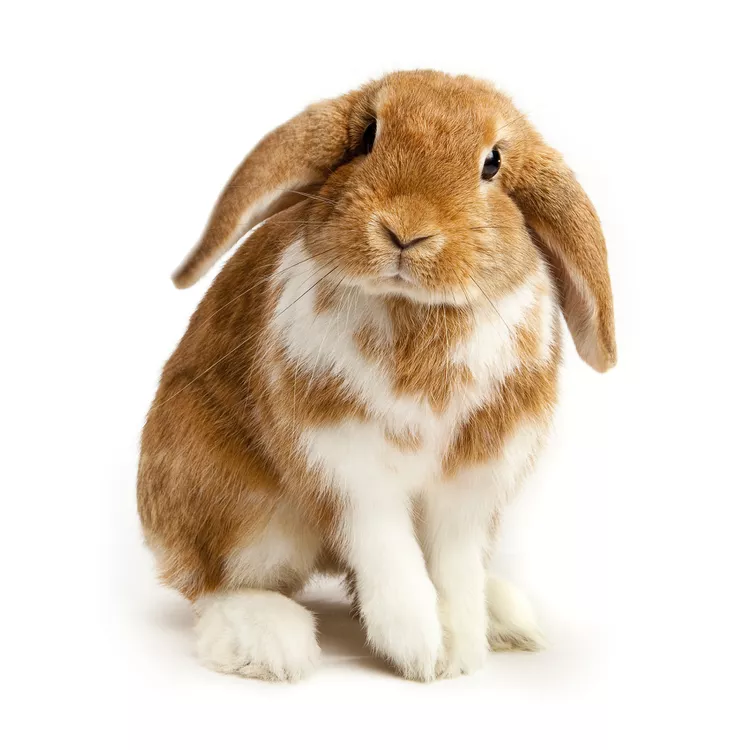
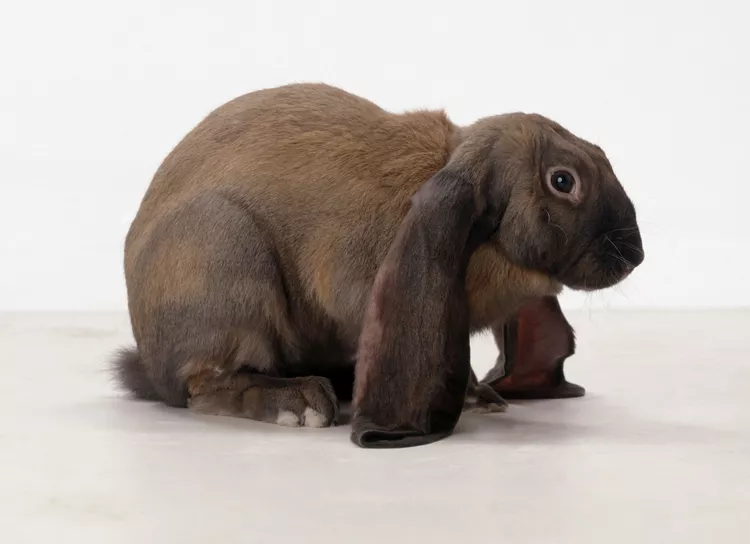
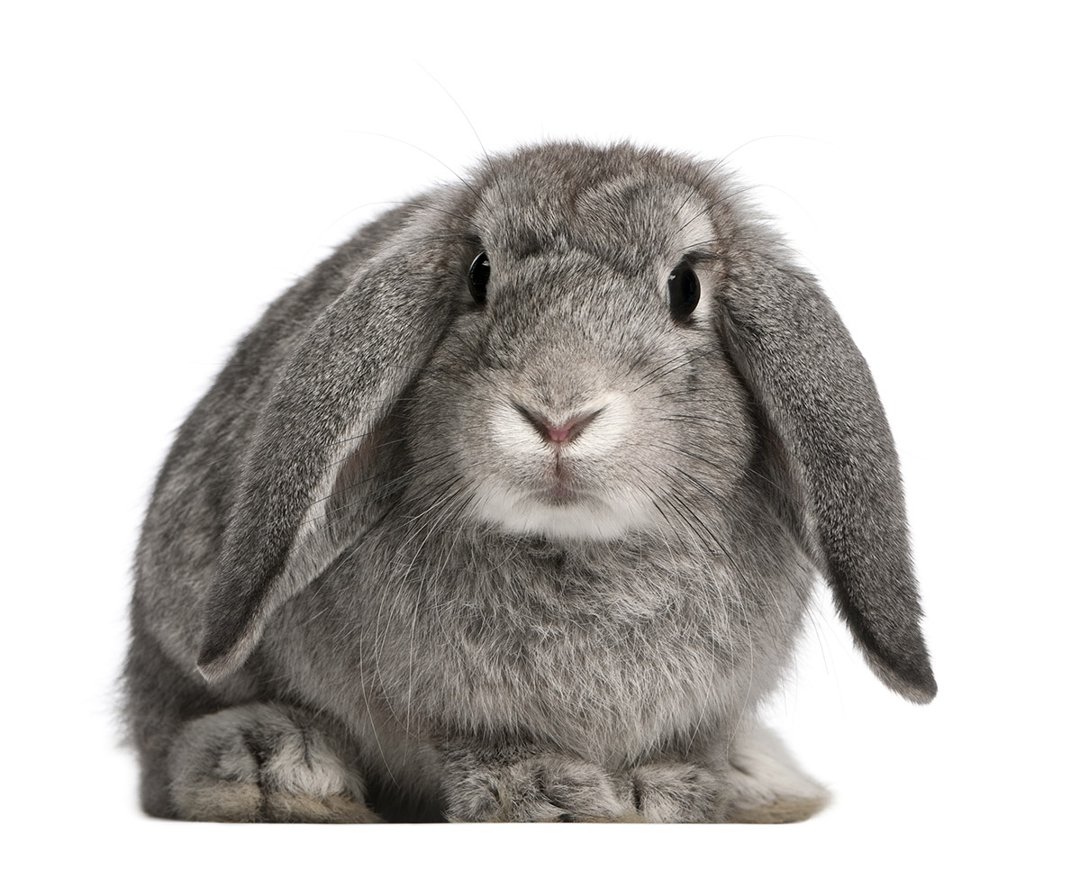

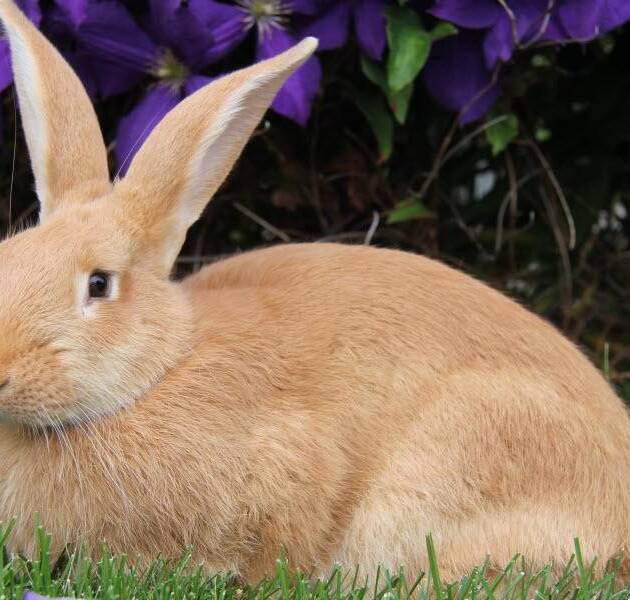
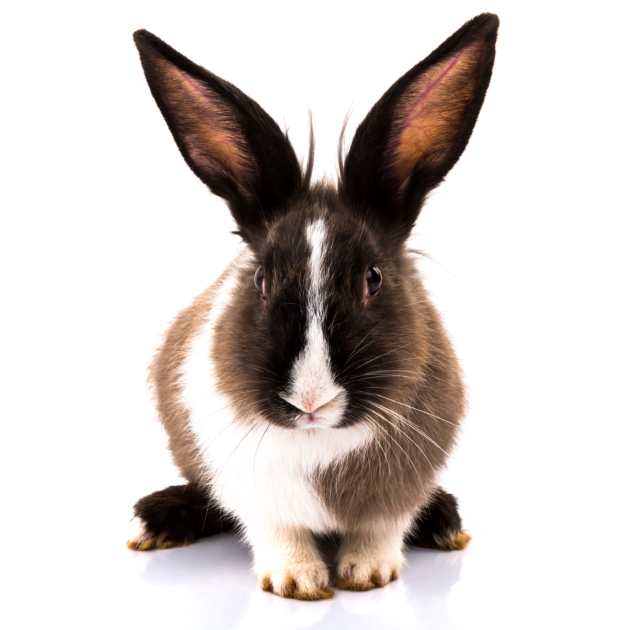
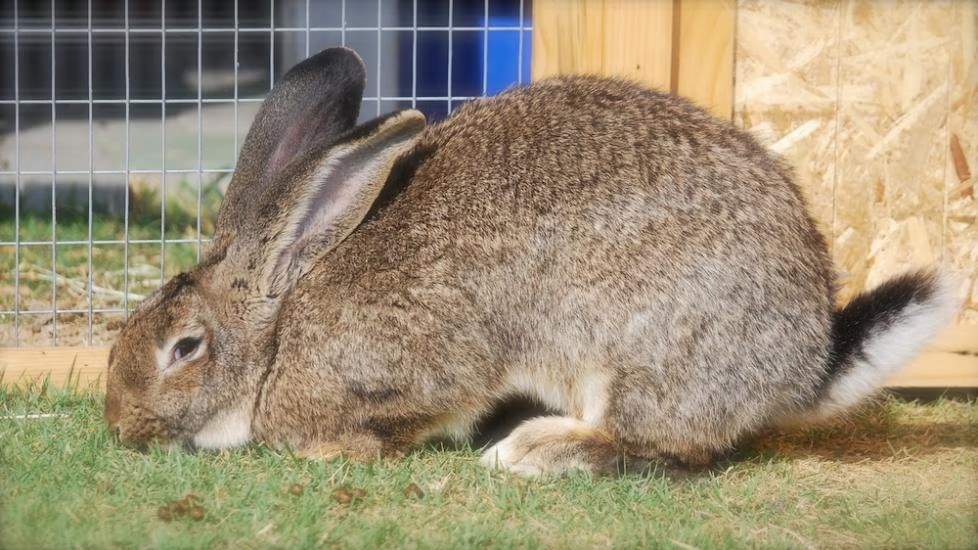
Reviews
There are no reviews yet.